How To Make Bibimbap
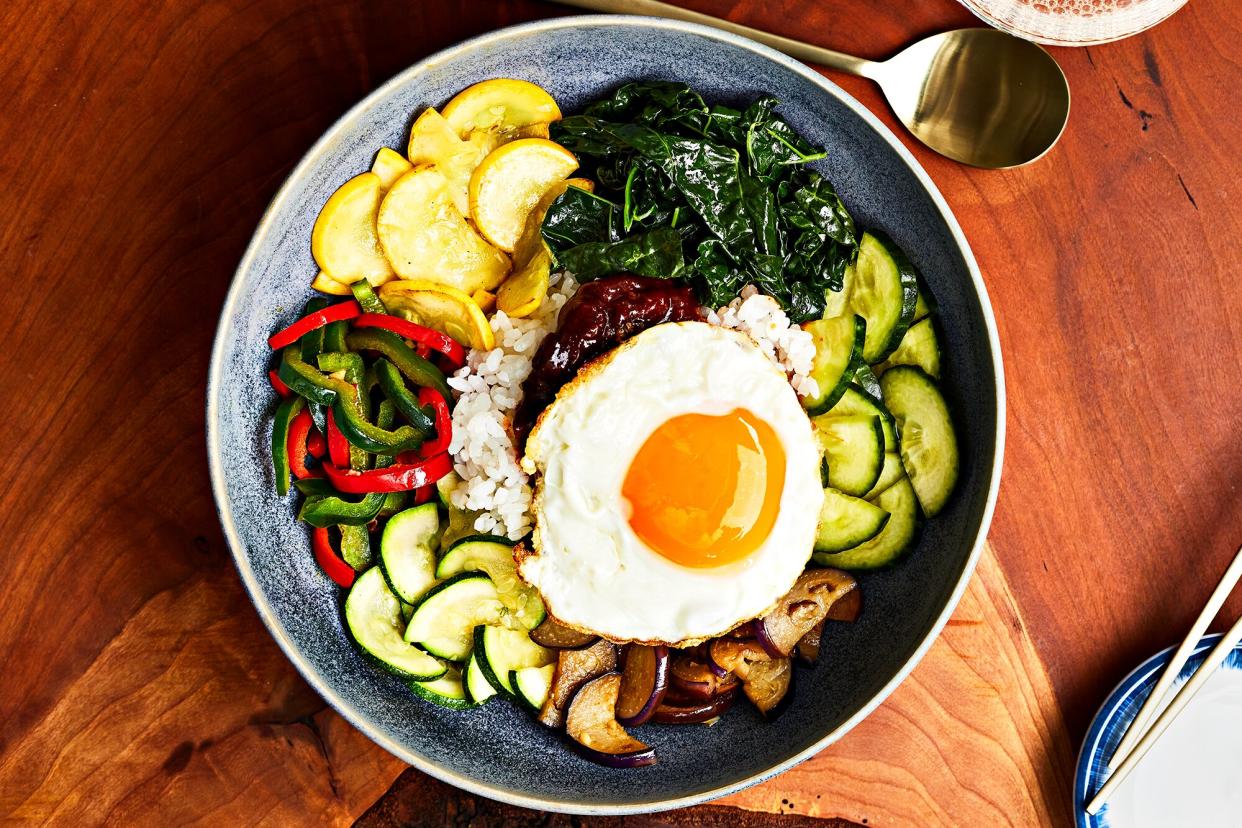
Photo by Victor Protasio / Food Styling by Margaret Monroe Dickey / Prop Styling by Christine Keely
Most Korean Restaurants in the U.S. serve just one kind of bibimbap — Jeonju bibimbap from southwestern Korea. The dish usually consists of beef (most often marinated and cooked like bulgogi), cooked carrots and zucchini, cucumbers, and a sunny-side-up egg, served with a side of gochujang. "Which is all delicious," says 2021 F&W Best New Chef Ji Hye Kim, but it doesn't show off the range of the dish.
"Bibimbap is regional," says Kim, who studied the history of Korean cuisine before opening Miss Kim in Ann Arbor, Michigan. "A seaside town may have seaweed, clams, or fish roe in their bibimbap. A mountain town may have foraged mushrooms and ferns." Part of the appeal of bibimbap is also its versatility, Kim says. "In Korea, a market stall specializing in bibimbap will show off at least a dozen mounds of vegetables to choose from to your heart's content."
At her restaurant, Kim plays freely with a basic formula of grains topped with various vegetables and a protein, served with a sauce on the side you then pour into the bowl to mix with everything else. "We ask questions like, is it pleasing to the eye? Is it well balanced? And are we using the best available ingredients? Based on that, we change it up."
Her summer vegetable bibimbap, for example, showcases in-season produce. "If you live in Michigan like me, you learn to savor the bounty of summer because it's not always around," Kim notes. "This bibimbap is about that ephemeral beauty." Respecting the ingredients means preparing each separately: salting and sautéing sturdy vegetables like squash and eggplant and blanching leafy greens. A robust yak gochujang, a sauce made with ground beef and Korean chile paste, gives the dish a sensational level of umami. "They all store well," Kim notes, "and you can fix up a bowl of bibimbap in minutes as long as you have some cooked rice. Just pull ingredients from the fridge, put them on top, stir, and enjoy."
1. Steam and Fluff Rice
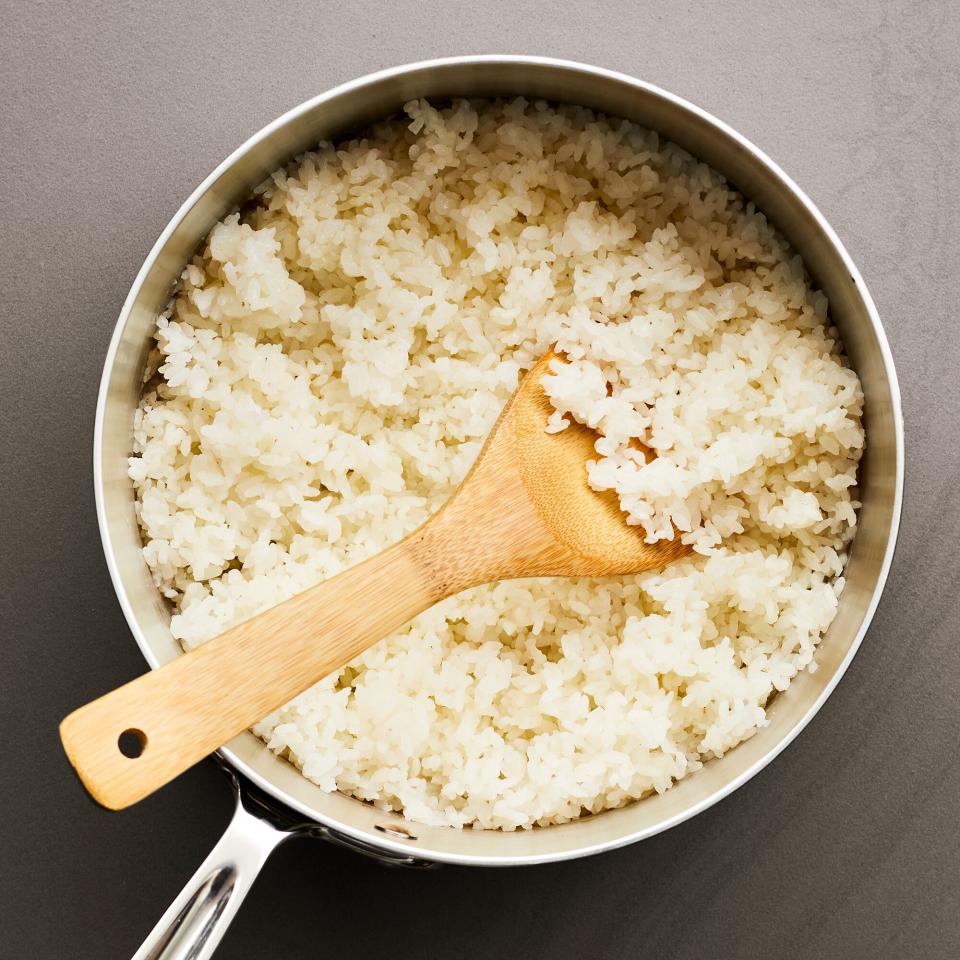
Photo by Victor Protasio / Food Styling by Margaret Monroe Dickey / Prop Styling by Christine Keely
Rinse and steam short-grain white rice until tender and fragrant. Let rest, covered, 10 minutes before fluffing with a rice paddle or fork.
2. Blanch and Shock Vegetables
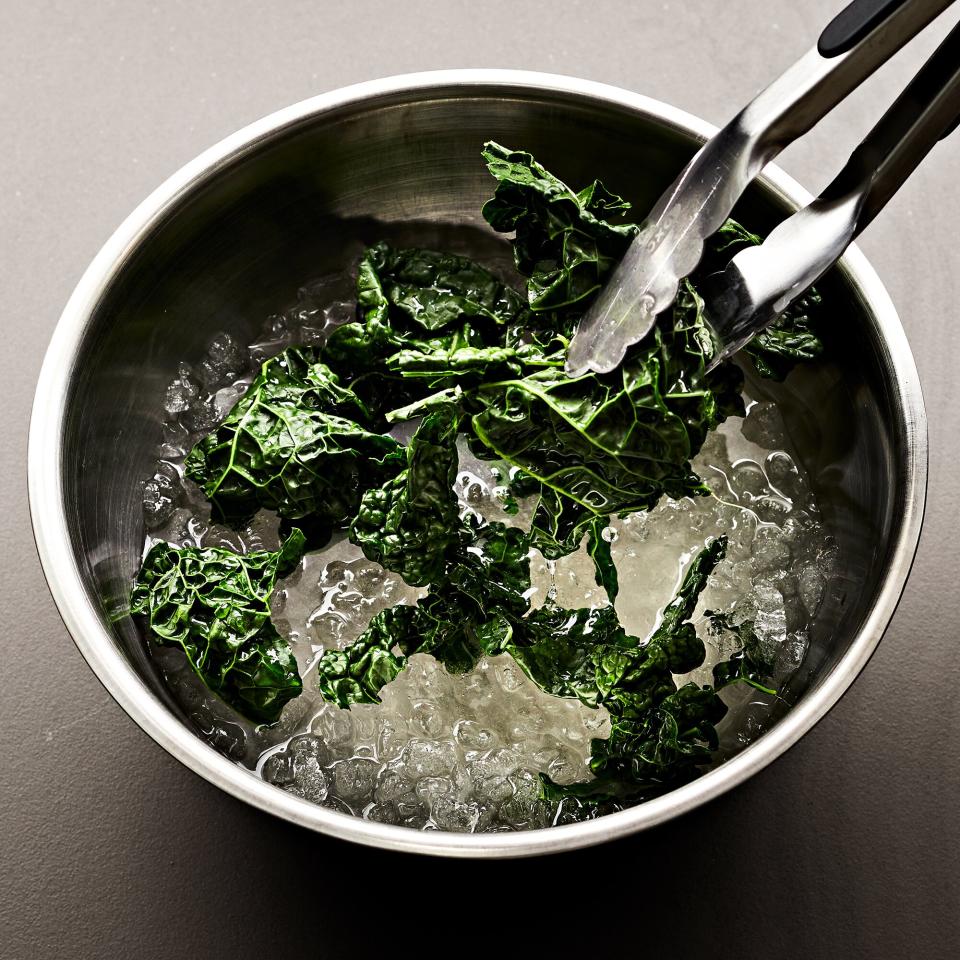
Photo by Victor Protasio / Food Styling by Margaret Monroe Dickey / Prop Styling by Christine Keely
Cook leafy greens in boiling salted water until bright green, 15 to 30 seconds. Shock in ice water, drain well, and pat dry with paper towels.
3. Slice and Salt Vegetables
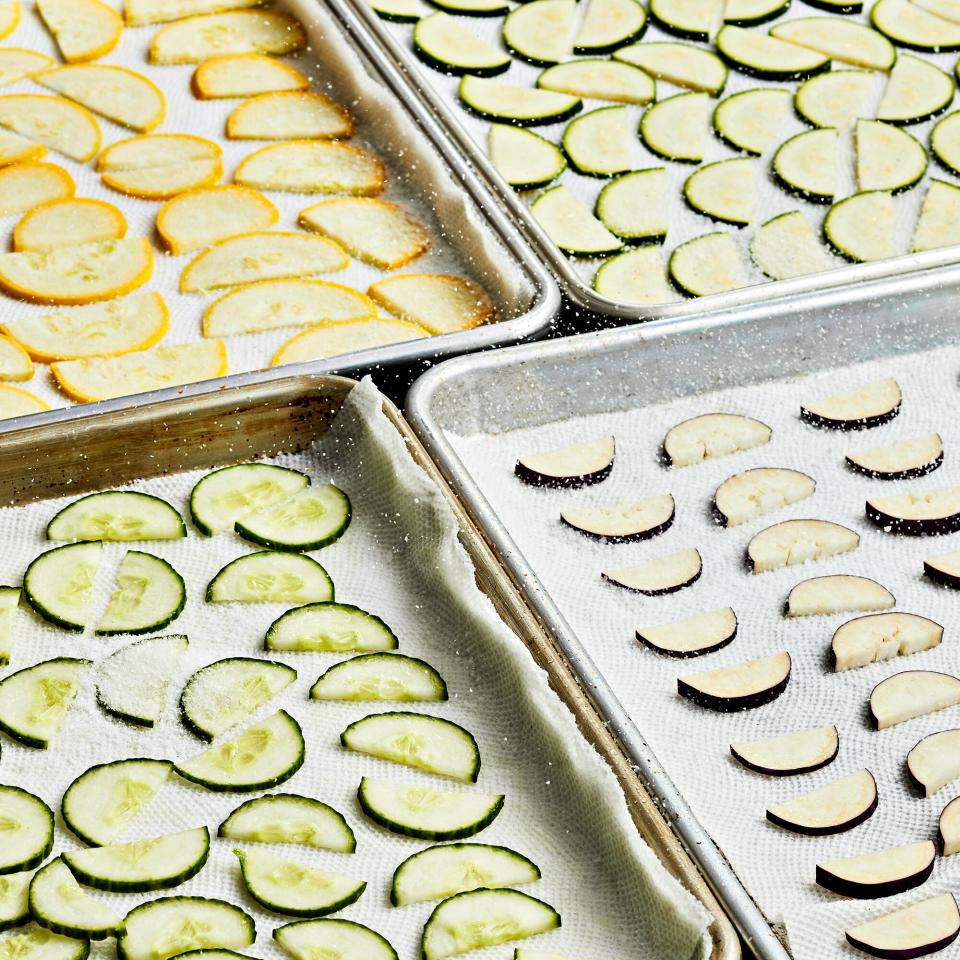
Photo by Victor Protasio / Food Styling by Margaret Monroe Dickey / Prop Styling by Christine Keely
Arrange sliced hardy vegetables on paper towel-lined baking sheets, keeping each type of vegetable separate, and sprinkle with salt.
4. Sauté Vegetables and Chiles
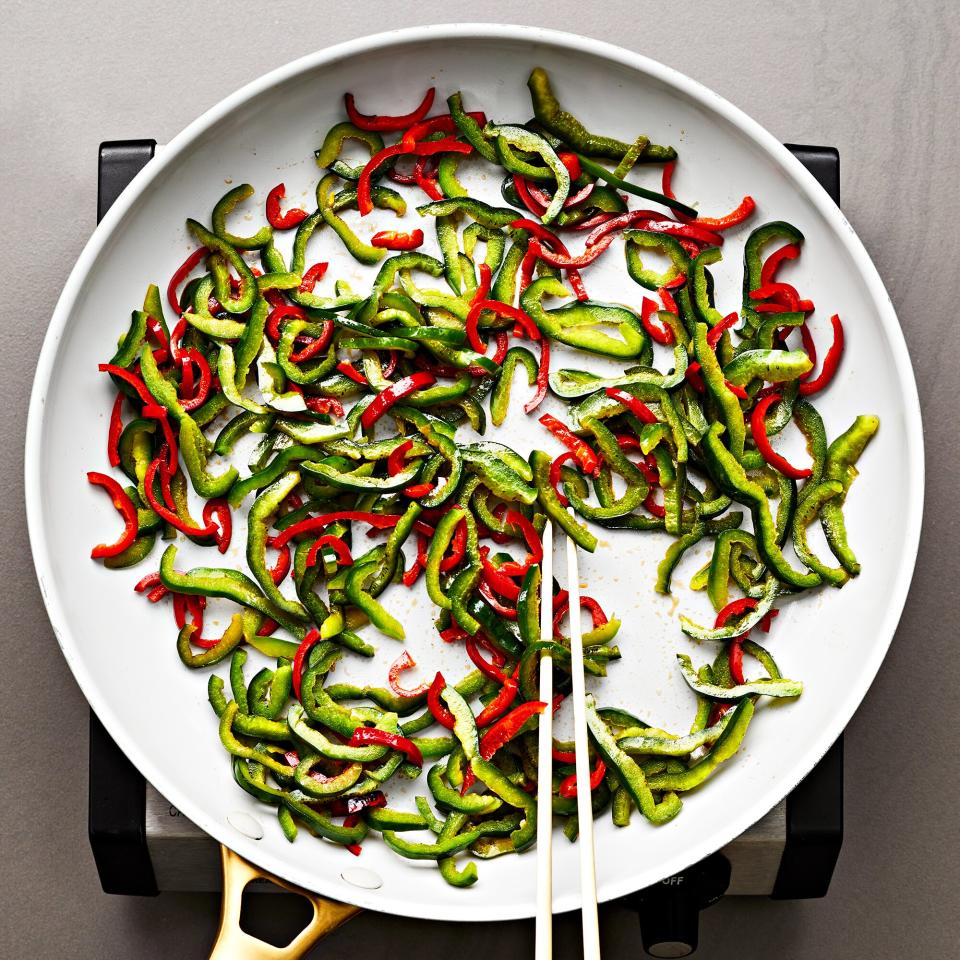
Photo by Victor Protasio / Food Styling by Margaret Monroe Dickey / Prop Styling by Christine Keely
Sauté prepared vegetables and chiles in separate batches until softened, tender, and blistered.
5. Arrange Bowl
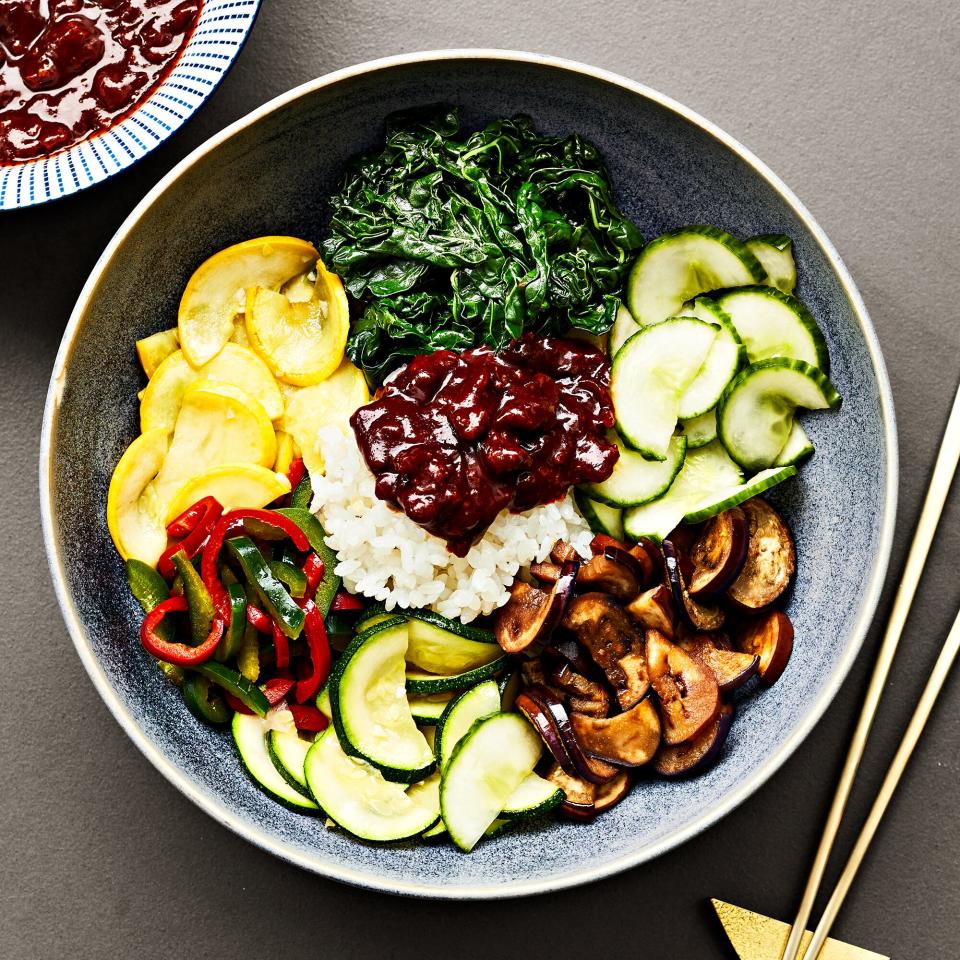
Photo by Victor Protasio / Food Styling by Margaret Monroe Dickey / Prop Styling by Christine Keely
Arrange prepared vegetables in a circle around rice in shallow serving bowls. Top rice with yak gochujang and, if desired, a sunny-side-up egg.
6. Mix and Serve
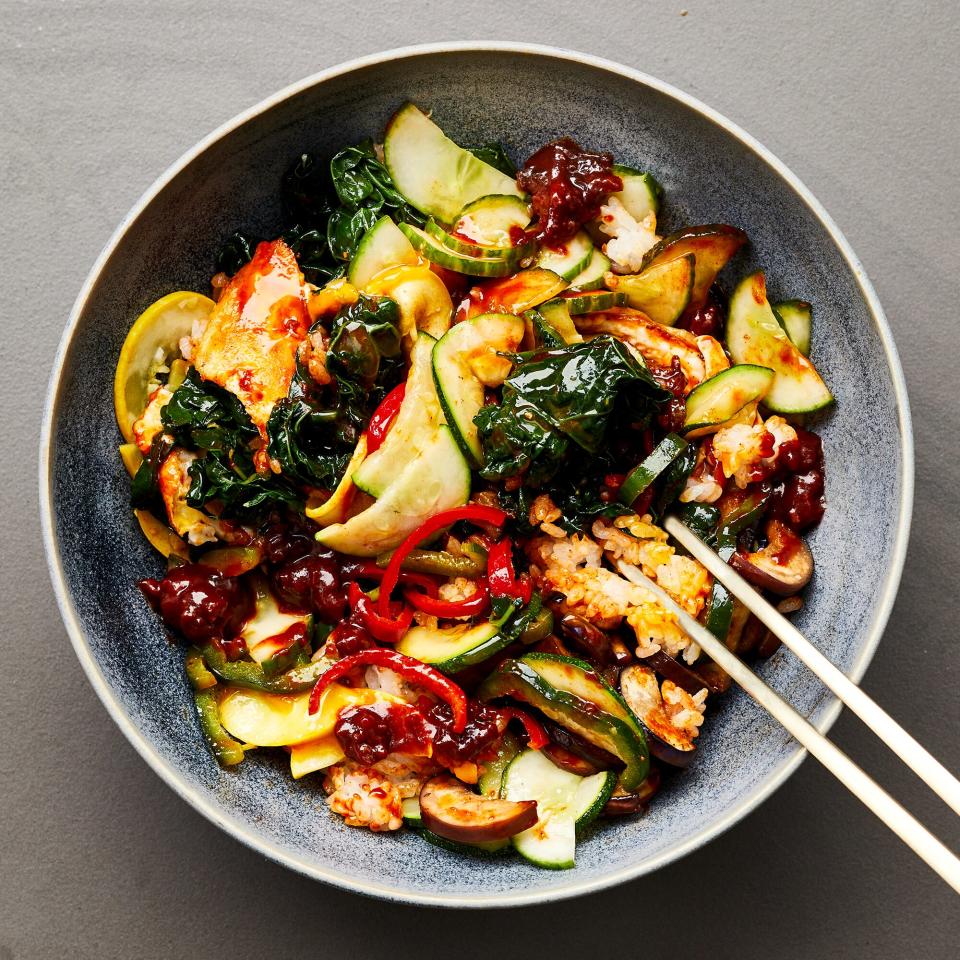
Photo by Victor Protasio / Food Styling by Margaret Monroe Dickey / Prop Styling by Christine Keely
Using chopsticks, gently stir to combine the contents of the serving bowl. Serve bibimbap with a spoon.

